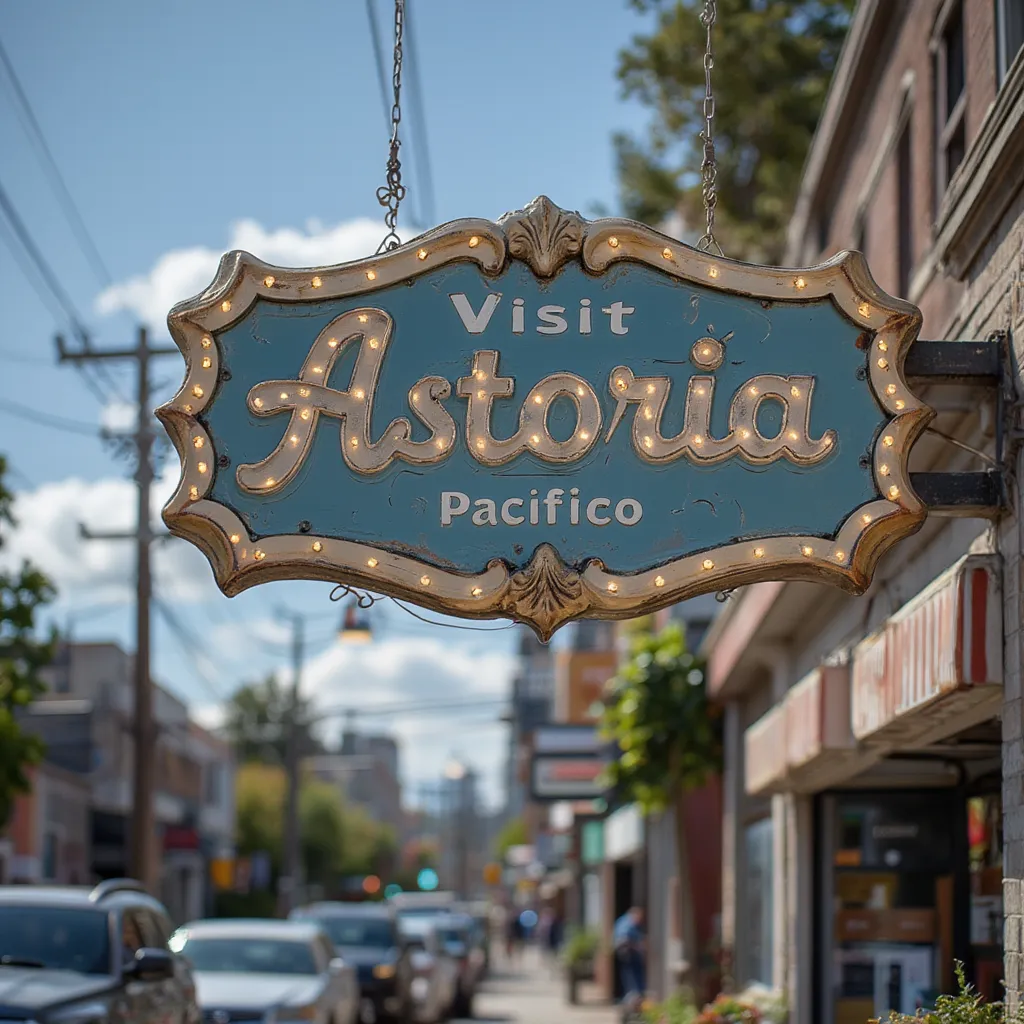Exploring historic towns along the Oregon Coast in November reveals a rich tapestry of culture and history—a source of inspiration for any designer seeking to understand how place shapes graphic design approaches.
Cannon Beach
Why Visit? Cannon Beach is renowned for its iconic Haystack Rock—a natural sculpture that has captivated visitors since it became popularized in 1930s tourism campaigns. The town itself is a vibrant blend of art galleries, boutique shops, and restaurants that celebrate local flavors.
As you wander through Cannon Beach, take note of how color palettes shift with the changing seasons—warm earth tones juxtaposed against cool ocean hues create an inviting atmosphere. Local art galleries showcase works inspired by this stunning landscape, providing insight into how nature influences creativity.
Astoria
Why Visit? Astoria stands as one of Oregon’s oldest cities, founded in 1811, steeped in maritime history that informs its character. Explore museums like the Columbia River Maritime Museum or take a stroll along the waterfront where you can learn about Astoria’s fascinating past while enjoying scenic views of the river.
The town’s historic architecture adds charm to its streets, inviting exploration around every corner. Astoria’s rich history as a trading post and cultural melting pot makes it an essential stop for anyone looking to understand Oregon’s heritage.
Florence
Why Visit? Florence enchants visitors with its charming old town and coastal scenery. Established in 1846, this town has evolved from a bustling lumber mill community into a picturesque destination filled with quaint shops offering local crafts.
Discover how Florence embraces its coastal history through art and culture while enjoying delicious seafood at eateries that serve fresh catches from nearby waters (delicious). The great scenery combined with Florence’s friendly atmosphere makes it an inviting destination where creativity flourishes.
By viewing these locations through a designer’s lens while incorporating historical details, we highlight not only their visual appeal but also their potential as sources of inspiration for creativity and craftsmanship. This approach emphasizes local culture and appreciation for aesthetics—elements essential to any design practice.




